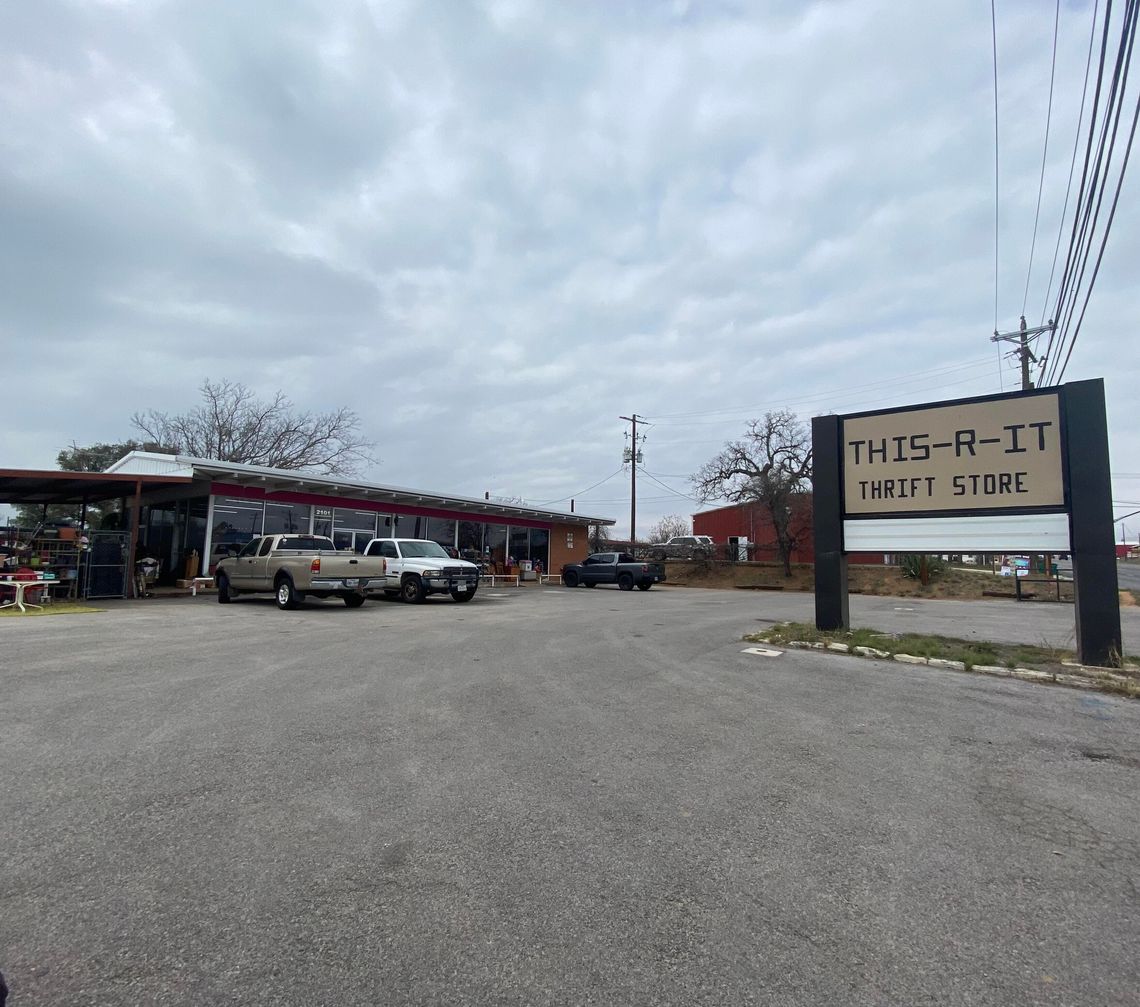The Texas Commission on Environmental Quality (TCEQ) continues its investigation of soil and groundwater contamination in Kingsland, caused by past dry cleaning operations at 2101 FM 1431 in Llano County.
At the February 10th meeting of the Llano County Commissioners Court, TCEQ was granted access to Kingsland right of ways to drill 7 more monitoring wells, hoping to determine the southern boundary of the contamination plume. The county approved the drilling of 12 wells in 2023, 2 of which detected levels of contamination above health quality. Six of the 7 new wells will be drilled outside the currently estimated southern boundary of the plume.
"The plume is getting bigger," said Precinct 3 Commissioner Brent Richards during the February 10th meeting. "(TCEQ) said that because of the existing ground water wells that people are using for irrigation, it's beginning to draw out the plume."
If the new wells come back negative, TCEQ will begin remediation starting at the original site of contamination.
The contamination site was previously home to a laundromat that operated from 1968 to 1988. A coin-operated dry-cleaning machine located on the side of the building was in use until 1979 and dumped the chemicals from each cycle directly onto the open ground. These chemicals soaked into the ground water over time and led to significant environmental contamination. This-R It Thrift Store currently occupies the building.
The chemicals included tetrachloroethylene, also known as perchloroethylene (PCE), which became a popular dry cleaning solvent in the 1940s and is still in use today. According to the National Library of Medicine, PCE is a respiratory and skin irritant, neurotoxicant, reproductive, liver and kidney toxicant, and potential human carcinogen.
In 1989, routine sampling by the Texas Department of Health detected volatile organic compounds (VOCs) in Kingsland’s community public water supply wells. As a result, authorities transitioned the public water supply from groundwater to surface water sources. Nearly a decade later, in 1998, VOCs were also discovered in private wells, prompting officials to connect affected residents to the public water system.
Recognizing the severity of the contamination, TCEQ proposed the Kingsland site for inclusion in the state Superfund registry in July 1998. Since then, TCEQ has undertaken extensive remedial investigations installing monitoring wells, collecting soil and groundwater samples, and conducting geophysical surveys to determine the full scope of contamination.
The Kingsland site is currently in the remedial investigation phase, with TCEQ conducting a feasibility study to evaluate potential cleanup solutions. This study will help determine the most effective strategies for remediation, once the boundaries of the groundwater plume have been determined. "Additionally, TCEQ continues to work to identify potentially responsible parties. By statute, TCEQ can sue to recover remediation costs from statutorily defined responsible parties," said TCEQ Media Relations Specialist Victoria Cann, in an email to The News. About $10 million has already been put into the investigation and TCEQ expects to spend another $10-20 million in further testing and remediation.



